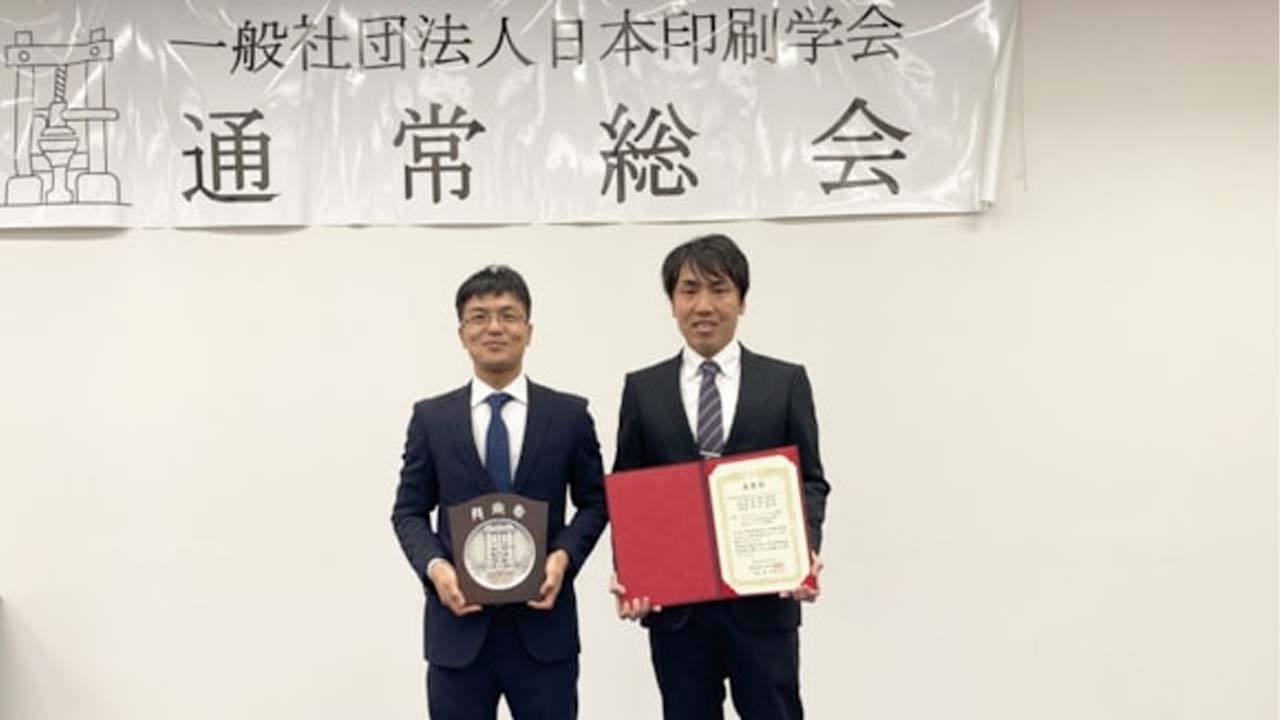Package printing on demand

Mike Fairley reviews the current use of print-on-demand digital presses now being used for carton and flexible package printing, pot lids, tube and pail decoration
There can be little doubt that digital printing has arrived and is here to stay. Over the past seven years there have been more than 1,200 narrow-web digital, print-on-demand, color presses installed worldwide for the production of self-adhesive labels alone, as well as many now being used regularly for high quality printing or decoration of folding cartons, shrink sleeves, flexible packaging, tube laminates, pot lids, pails and buckets.
More than 250 new installations are being made each year in light of the impact and capability of the latest generations of digital presses introduced since 2003. This is expected to rise to over 400 a year by 2015, with perhaps as many as 15 to 20 per cent of these being used for package printing or pack decoration applications.
What seems certain is that digital, print-on-demand, label and package printing is meeting current cost cutting and lean manufacturing initiatives as well as creating opportunities for multi-language versions, increasing customization and targeted marketing, such as packaging for retail chains or for seasonal products. Having the capability to offer mass customized packaging, with text and images, gives brand managers a powerful tool for attracting new customers.
‘Today’s brand managers are looking for ways to add value and differentiate their brands,’ explains Alon Bar-Shany, vice president and general manager, Indigo Division, HP. ‘HP Indigo digital printing, with print quality as good as or better than flexo, enables brands to be quickly and easily refreshed and labels and packaging adapted quickly for seasonal promotions, special events or even different language versions. Many brand managers have also discovered the benefits of using digital printing for prototyping and market trials, where cost-effective test products may be produced on final substrates.’
Using digital printing enables carton producers to better manage their brand customers − improving sell-through with targeted design, while lowering capital expenditure, time to market and obsolescence. At the same time, brand owners using digital printing for their packaging work gain the ability to affordably launch new products and improve visibility on the shelves.
According to Jan De Vooght, global sales director for Agfa :Dotrix: ‘Digital press technology allows endless print possibilities that are simply not financially practical with litho or flexo. A digital press easily handles late design changes and is the natural choice for short and medium run lengths owing to the simple workflow and plateless approach. With a digital press it is simple to co-brand packaging with the name of the retail outlet or the name of a special promotion. It is a proven way to gain extra ‘presence’ in the battle of the shelves and increase sales.’
Jan De Vooght believes that the time for industrial inkjet press technology has already arrived. ‘We had huge interest in our seminar at the recent Gulf Print & Pack expo. It highlighted the value of digital for the packaging segment, and provided Agfa’s first Dotrix users in the region, LabelCo and Snoppies, both in Lebanon.’
As run lengths shorten, traditional litho and flexo can often struggle to meet the changing demands and requirements in packaging products. Digital technology is well suited to fast turnaround requirements, short deadlines, short run lengths, inventory minimization and waste reduction. With brand managers cutting production and inventory costs and waste, it is no longer a case of ‘make and pack a product then sell it’. The speed of digital press technology means that ‘sell it first then make and pack it’ is fast becoming a new philosophy considered by brand owners and retail groups.
Other advantages of digital package printing include lower set-up costs than those for flexo/offset and gravure, and a reduction in capital equipment cost. Overall, digital packaging systems help to reduce cost, waste and inventory in the supply chain, offer digital security features and coding, as well as enabling printers to open up new niche markets. Other benefits of digital printing to packaging and label buyers are fast response times, shorter supply chains, faster time-to-market and reduction of inventories and waste. A recent study by Karstedt highlights that brand owners are now on the verge of moving from mass production of packaging to an era of mass customization.
While digital printing was initially targeted at runs of 1,000 to 10,000 labels or packs, the latest digital presses are now regularly being used to print runs of up to 25,000, or even 50,000 and up to as high as a 100,000, depending on ink coverage. For many printers, digital regularly complements long-run production on their conventional offset, UV flexo or combination process presses, while Agfa claims its 650mm wide Dotrix Modular digital/conventional press line offers high-quality printed packaging and a better ROI than conventional printing methods for short and medium run lengths. Although the packaging market as a whole is growing steadily – and flexible packaging faster than most – on the digital front it is predicted that growth in electrophotographic toner-based solutions (HP Indigo and Xeikon) will eventually be surpassed by inkjet technology, which is more easily scalable and potentially faster. However, some quality improvements are still required before label and package printers adopt inkjet solutions on a large scale. Having said that, improvements in the pipeline for UV inkjet ink and technology are working towards offset-quality digital inkjet printing in the near future.
For examples of key technologies in the digital print-on-demand market see the article in Issue #1 (September 2011) of Package Print Worldwide.
Stay up to date
Subscribe to the free Label News newsletter and receive the latest content every week. We'll never share your email address.

